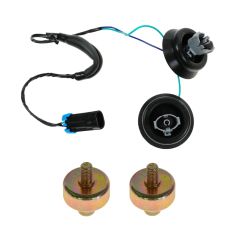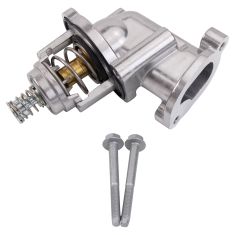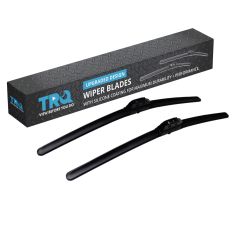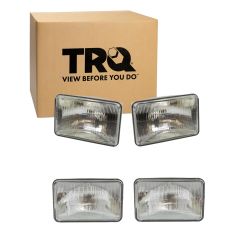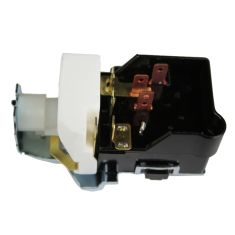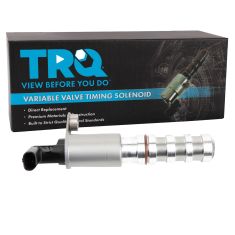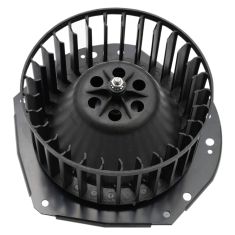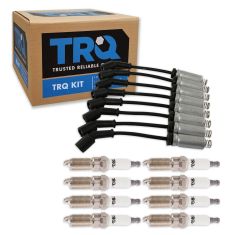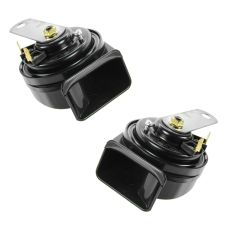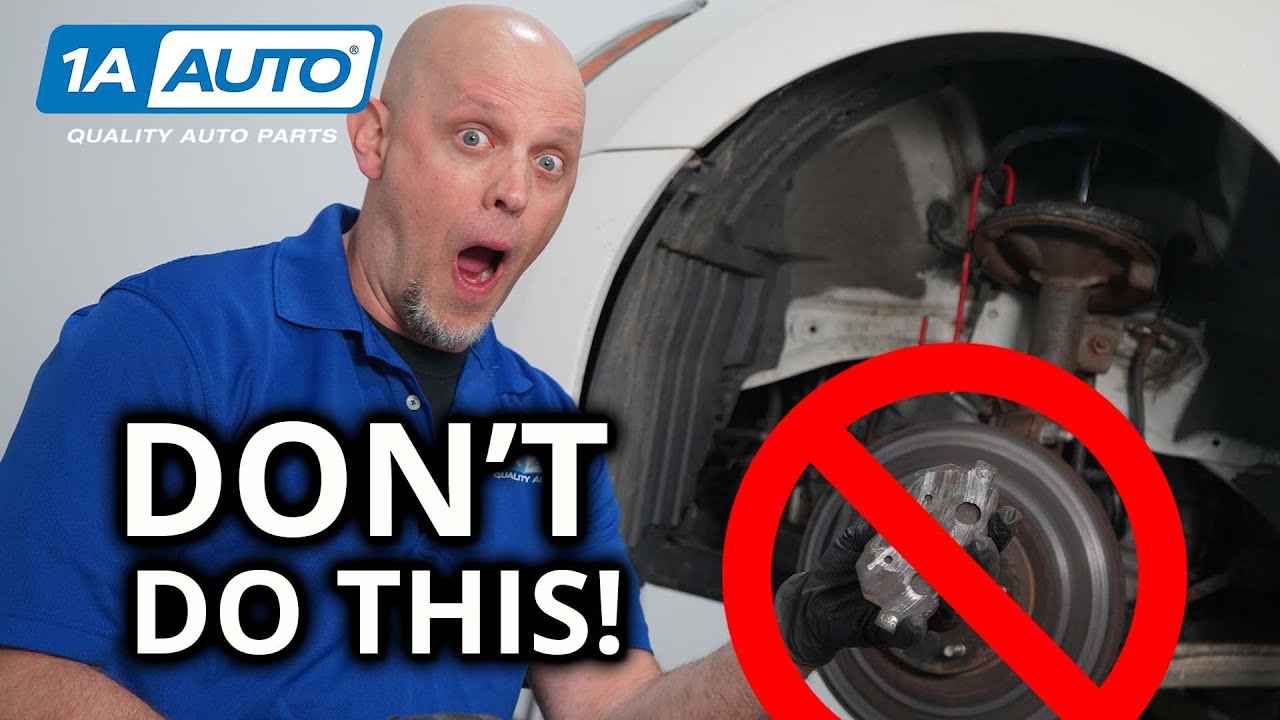Chevrolet Camaro
-
Notify When Available$59.95Save 16%List $70.95 Save $11.00Brand: TRQ - ESA12267$59.95Save 16%List $70.95 Save $11.00
-
Notify When Available$46.95Save 13%List $53.95 Save $7.00Brand: TRQ - ECA42791$46.95Save 13%List $53.95 Save $7.00
-
Notify When Available
Replaces Front Driver & Passenger Side 2 Piece 18in Wiper Blade Set TRQ WPB54556
Brand: TRQ- WPB54556$34.95Save 29%List $48.95 Save $14.00Brand: TRQ - WPB54556$34.95Save 29%List $48.95 Save $14.00 -
Notify When Available$64.95Save 32%List $95.95 Save $31.00
Replaces 4 Piece Headlight Set TRQ LKA93536
Brand: TRQ - LKA93536$64.95Save 32%List $95.95 Save $31.00 -
Notify When Available$29.95Save 14%List $34.95 Save $5.00
-
Notify When Available$44.95Save 33%List $66.95 Save $22.00Brand: TRQ - HLA93558$44.95Save 33%List $66.95 Save $22.00
-
Notify When Available
Replaces Chevrolet GMC Buick Cadillac Variable Valve Timing Solenoid TRQ VTA88748
Brand: TRQ- VTA88748$42.95Save 17%List $51.95 Save $9.00Brand: TRQ - VTA88748$42.95Save 17%List $51.95 Save $9.00 -
Notify When Available$84.95Save 27%List $115.95 Save $31.00Brand: TRQ - HMA80108$84.95Save 27%List $115.95 Save $31.00
-
Notify When Available$94.95Save 25%List $126.95 Save $32.00Brand: TRQ - TKA01334$94.95Save 25%List $126.95 Save $32.00
-
Notify When Available$64.95Save 18%List $78.95 Save $14.00Brand: TRQ - ELA17620$64.95Save 18%List $78.95 Save $14.00
The Beginning of the Camaro
Ford's unprecedented success in creating the pony car prompted GM to respond with their own creation. Three years after Ford introduced the Mustang, in '67, the Chevy Camaro was born. Known for its customizable features and timeless visage, this four-seater has always come with a plethora of engine and body options since it began. It was originally available as a coupe or convertible, and offered a 230ci inline-six, 140 horsepower engine with the base model, as well as a three and four-speed manual transmission and a two-speed automatic transmission. For the ones looking for more power and speed, the Camaro offered the Super Sport (SS), Rally Sport (RS), and racecar-like Z/28 with engines ranging from a 302ci small-block to a 396ci V8. It was a cheaper alternative to the Mustang that could ride just as fast (if not faster), and since then, the Camaro has established itself as one of the premier examples of what an American sports car should be.
Ripping through Time
Some changes following its first year included headlights that inched further out and inset deeper into the grille, while the keen tipped "V" at the top of the hood honed its edge. Three-speed automatic was now an option, and an SS trim supported a buff 300-375 horsepower V8. In 1970, the Camaro received its first redesign. Headlights were placed outside of the shrunken grille and the "V" hood retained its shape but was chiseled with a more curved and slender look.
There's no doubt some consider this the most attractive period for the Camaro, but other than impressive aesthetics the ‘70s were rough years for the car. The base was upgraded to a 4.1ci inline-six with 155 horsepower, but there was no longer a convertible option, and the SS version was ditched as engine power started to decline across manufacturers, due to new emission standards. The top engine dropped down to a 350ci V8 with 245 horsepower. The ‘70s also saw the loss of the Z28 for two years, and their V8 eventually dropped to 165 horsepower.
After surviving the era wounded and roughly scathed, one of the first moves was to drop the LT trim and replace it with the luxurious Berlinetta. The 4.1L inline-six was switched over to a 3.8L V6, yet sales dipped, and Chevrolet prepared itself for a new generation. The new look kept the "V" shape but lowered the grille and supported a bulky and boxier form with square headlights and sharper-angled edges. Coil springs replaced the leaf springs, and a newly designed front suspension was installed. It also came with a four-speed automatic transmission and a five-speed manual a year later. The '80s also saw an innovative digital reader that showed speed and mileage, as well as a newly designed hatchback style. Chevy held onto this style, but it dropped the Berlinetta trim in '86 and the Z28 in ‘88. But that was okay, because the beautiful, stunning IROC-Z was now available and could kick a greatly improved 215hp with its special edition version. The IROC-Z would continue to push improvement on engine performance and power that was (thankfully) once again on the rise, and in the late ‘80s the convertible was reintroduced after an eighteen year hiatus with a Rally Sport (RS) trim.
In the ‘90s, the Z28 was back yet again and the legendary IROC-Z was gone. The fourth generation was introduced with another redesign. The hood was curved into a more modern shape with the lower grille and inset square headlights that would eventually turn into a more composite style. By the mid-‘90s, the base-level Camaro could finally support 200 horsepower. Chevy would continue to make its form more smooth and aerodynamic, but otherwise, in the late ‘90s and early 2000s, the Camaro remained largely unchanged and sales slid as a result.
Return to Form
Production was halted after 2002, but once again, as the Mustang rose in popularity, the Camaro came back. In 2010, Chevy introduced the fifth generation Camaro with a redesigned body that paid homage to its first generation roots. The grille was placed back in its original spot with inset headlights, and it took on a low, aggressive form that combined the ‘60s style and the ‘90s smooth and aerodynamic look. It came in LS, 1LT, 2LT, 1SS, and 2SS trim levels with a 3.6L V6 with 304 horsepower or a 6.2L V8 with 426 horsepower. The convertible was resurrected the following year, and its most powerful engine came with a ZL1 trim that sported a 6.2L V8 with 580 horsepower in the next year. And once again, the Z/28 returned, this time in 2014. Although Camaro disappeared for nearly a decade, hopefully this beast it here to stay for good. It's one of the lead innovators for sports cars, and this legendary piece of work continues to rip on and off the track.
Did You Know?
There is a bit of confusion as to what the "Camaro" is named for. Some say Chevy found the word, meaning "friend" or "companion," in an old French dictionary. Ford fans point out that the name resembles camaron, "a small, shrimp-like creature" in Spanish. A Chevy executive once declared that a Camaro is a "small, vicious animal that eats mustangs."
